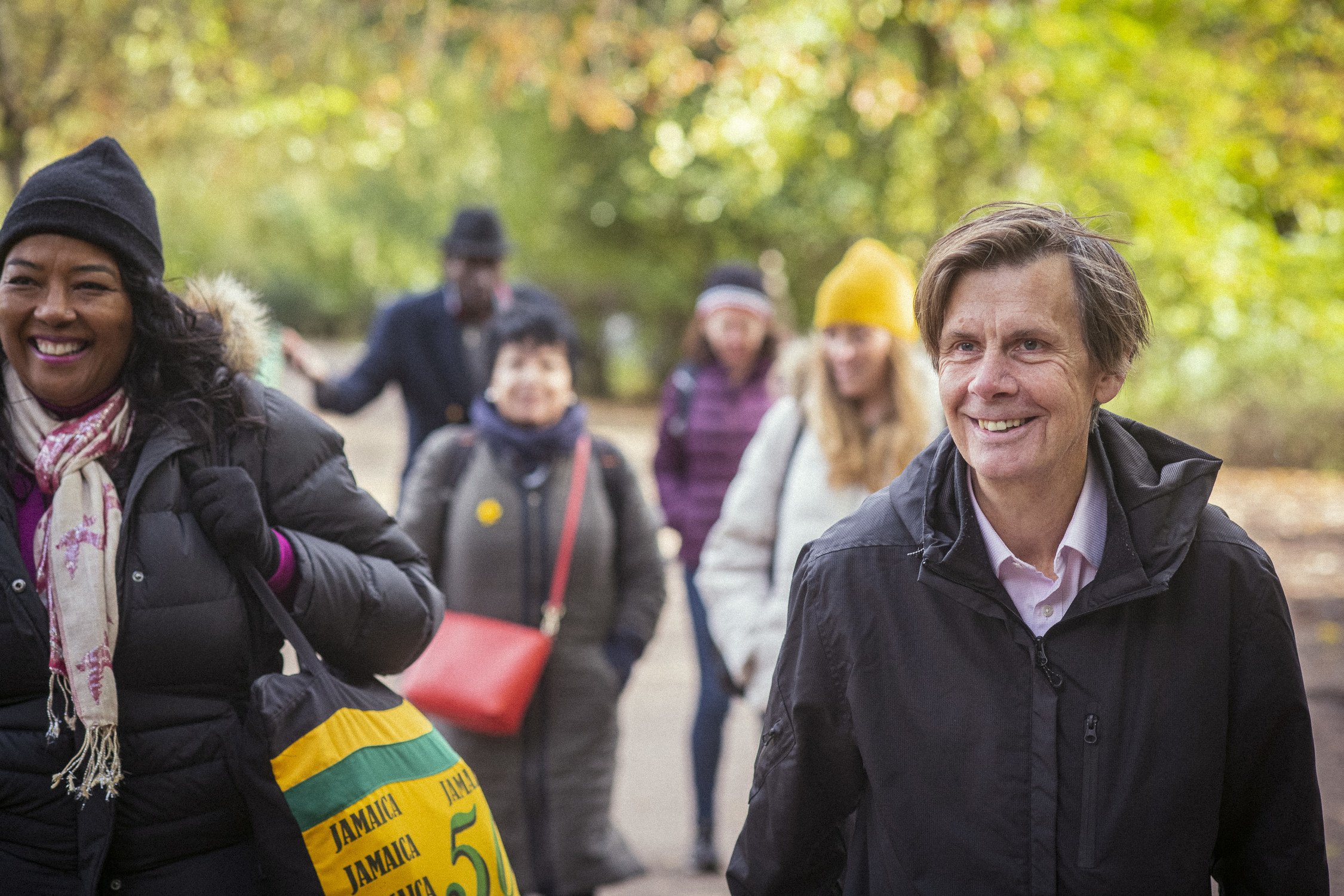What it is and why it matters
Safeguarding is everybody’s business
It means protecting an adult’s right to live in safety, free from abuse and neglect.
The aims of adult safeguarding are to:
- prevent harm and reduce the risk of abuse or neglect to adults with care and support needs
- stop abuse or neglect wherever possible
- safeguard adults in a way that supports them in making choices and having control about how they want to live
- promote an approach that concentrates on improving life for the adults concerned
- raise public awareness so that communities as a whole, alongside professionals, play their part in preventing, identifying and responding to abuse and neglect
- provide information and support in accessible ways to help people understand the different types of abuse, how to stay safe and what to do to raise a concern about the safety or well-being of an adult
- address what has caused the abuse or neglect
Who might need safeguarding services
Section 42 of the Care Act 2014 states that safeguarding enquiries should be made where:
- a person has needs for care and support;
- is experiencing, or at risk of, abuse or neglect; and
- as a result of their care and support needs, is unable to protect him or herself against the abuse or neglect, or the risk of it.
They may be a person who:
- is elderly and frail due to ill health, physical disability or cognitive impairment;
- has a learning disability
- has a physical disability and/or a sensory impairment
- has mental health needs, including dementia
- has a long-term illness or condition
- misuses substances or alcohol
- is a carer (family member/friend) and is subject to abuse
- does not have capacity to make a decision and is in need of care and support
Adult Safeguarding Principles
Six key principles underpin all adult safeguarding work and apply to all sectors and settings:
1) Empowerment
People being supported and encouraged to make their own decisions and informed consent.
A person should be able to say:
I am asked what I want as the outcomes from the safeguarding process and these directly inform what happens.
2) Prevention
It is better to take action before harm occurs
A person should be able to say:
I receive clear and simple information about what abuse is, how to recognise the signs and what I can do to seek help.
3) Proportionality
The least intrusive response appropriate to the risk presented
A person should be able to say:
I am sure that the professionals will work in my interests as I see them and they will only get involved as much as needed.
4) Protection
Support and representation for those in the greatest need.
A person should be able to say:
I get help and support to report abuse and neglect. I get help so I am able to take part in the safeguarding process to the extent to which I want.
5) Partnership
Local solutions through services working with their communities. Communities have a part to play in preventing, detecting and reporting neglect and abuse
A person should be able to say:
I know that staff treat any personal and sensitive information in confidence, only sharing what is helpful and necessary. I am confident that professionals will work together and with me to get the best result for me.
6) Accountability
Accountability and transparency in delivering safeguarding
A person should be able to say:
I understand the role of everyone involved in my life and so do they.
Making Safeguarding Personal
Making safeguarding personal means it should be person-led and outcome-focused.
It engages the person in a conservation about how best to respond to their safeguarding situation in a way that enhances their involvement, choice and control as well as improving their quality of life, well-being and safety.

